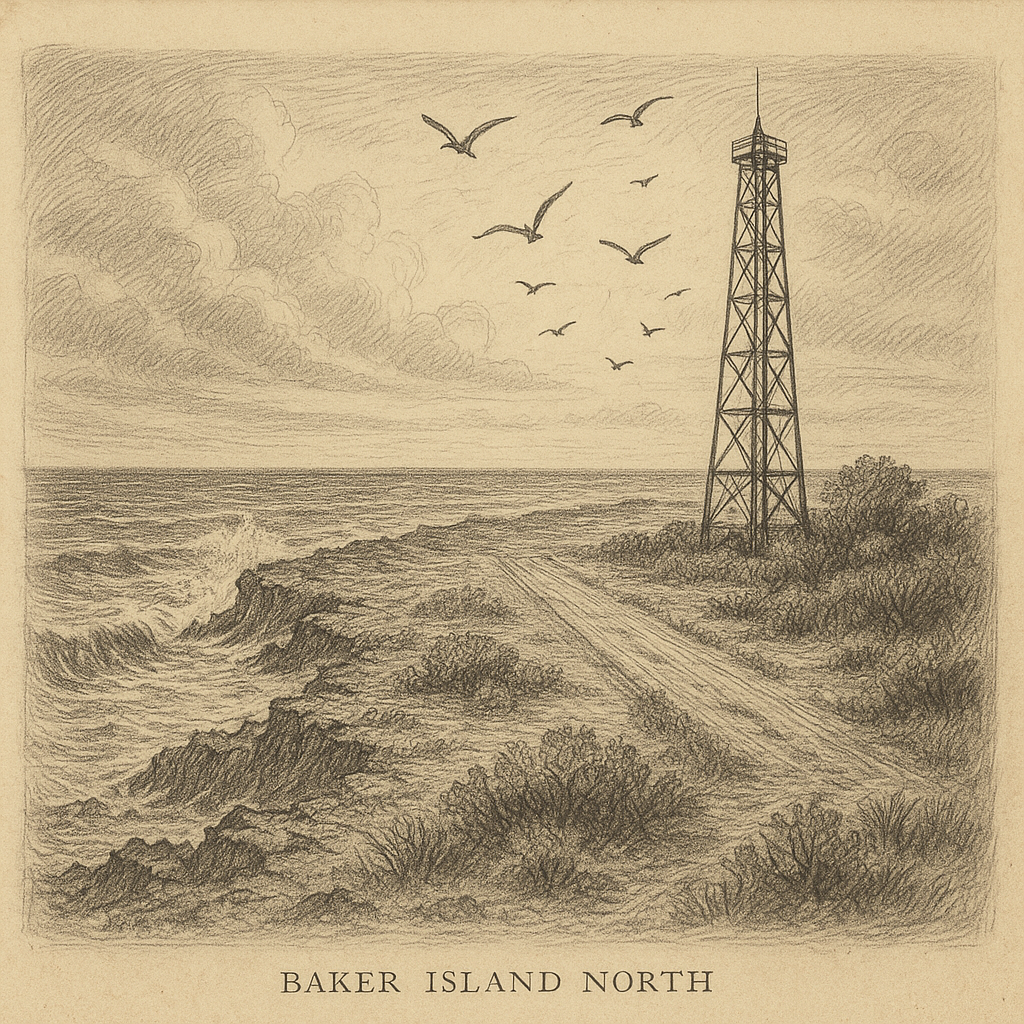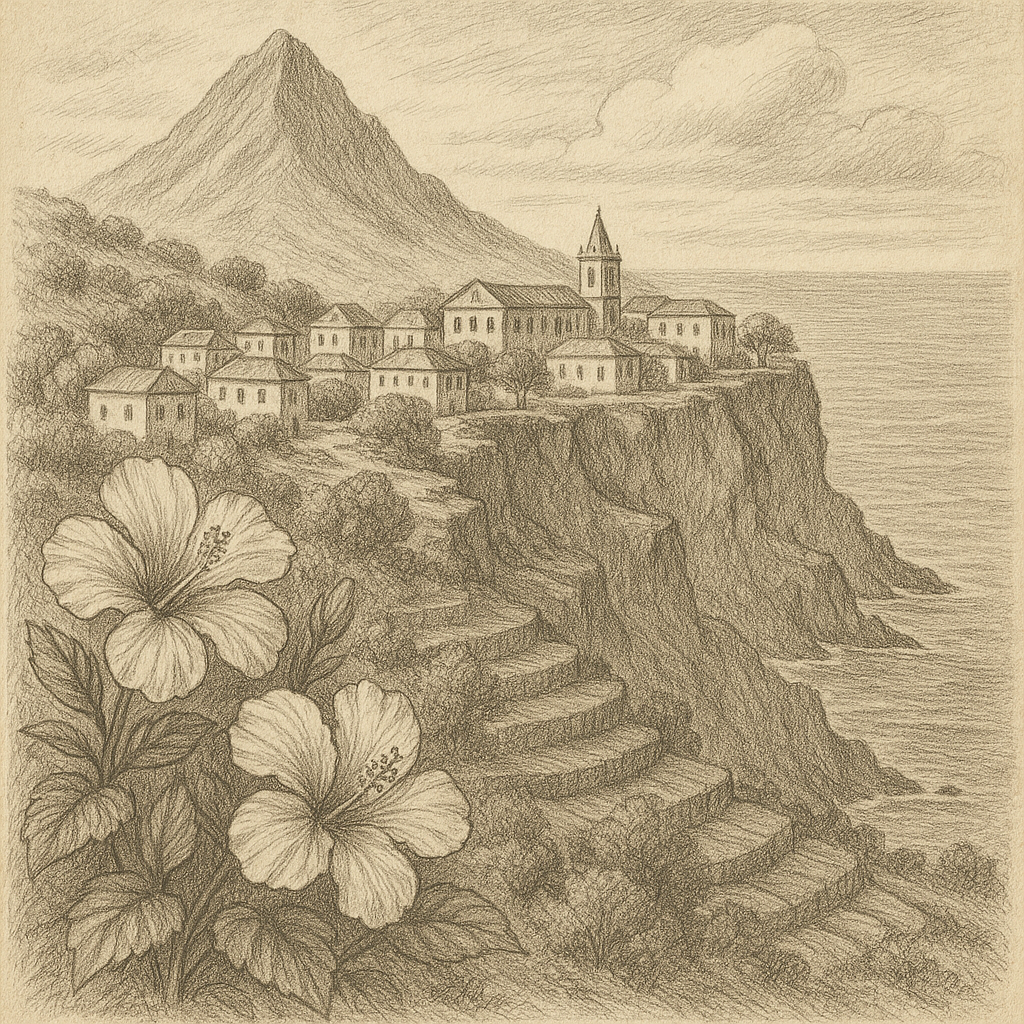Alert Island: A Remote Jewel in the Northern Waters
Located far from the bustling routes of commercial shipping and far removed from urban civilization, Alert Island is a truly secluded landmass that sits silently in the icy northern reaches of the globe. As remote as it is mysterious, Alert Island captures the imagination with its stark beauty, complex history, and an aura of untold stories echoing through its landscape.
Location and Geological Origin
Alert Island is situated in the Canadian Arctic Archipelago, in the frigid waters of the Arctic Ocean, closer to the North Pole than to any major population center. It lies less than 10 kilometers from the northern tip of Ellesmere Island, making it one of the northernmost landmasses on Earth that is not part of the polar ice cap. Its name is derived from the nearby Canadian Forces Station Alert, the northernmost permanently inhabited place in the world.
The island is part of the Precambrian geological shield, mostly composed of ancient metamorphic and igneous rocks. These are among the oldest rocks on the planet, pointing to a rich geological history that dates back billions of years. Glacial movements have heavily influenced the island’s current topography, carving its terrain into rugged ridges and rocky outcrops.
Climate and Ecosystem
Alert Island is characterized by a polar desert climate. Average annual temperatures hover well below freezing, and even during the summer, temperatures often remain below 0°C. Precipitation is minimal, mostly in the form of snow. The island experiences long periods of darkness during the Arctic winter and constant daylight in the summer months.
The harsh climate limits biodiversity, but several hardy species have successfully adapted to the conditions. Vegetation is sparse and mostly consists of mosses, lichens, and cold-resistant grasses. Wildlife includes Arctic foxes, polar bears, and seabirds such as fulmars and ivory gulls. Marine mammals, including narwhals and ringed seals, can often be seen in the surrounding ice-packed waters.
The waters surrounding Alert Island are rich in microscopic plankton, supporting a sensitive, yet productive Arctic food chain. However, the island’s ecosystem remains fragile, highly susceptible to climate change and human interference.
Human Presence and Accessibility
Permanent human activity on Alert Island is virtually nonexistent. The closest settlement, Canadian Forces Station Alert, is not located on the island itself but offers logistical support for scientific expeditions that occasionally set foot on this inhospitable land. Access to the island is extremely limited and typically requires special permissions from Canadian authorities and coordination with military and scientific bodies.
Transport to Alert Island is usually accomplished via military or chartered aircraft to Alert Station, followed by snowmobile or helicopter transport when ice conditions allow. Due to its remoteness and harsh environment, only scientists and specialists are granted access, and visitor numbers remain exceedingly low.
Interesting Facts About Alert Island
Alert Island holds several records and curiosities that set it apart from other Arctic locales. Because of its location, it is among the first places in North America to witness shifts in satellite orbits and atmospheric phenomena, making it a prime site for polar research, particularly related to Earth’s magnetosphere and auroral studies.
The island has also been the subject of multiple climate research projects, including ice core drilling and permafrost analysis, helping scientists understand the global implications of Arctic environmental changes. Perhaps most intriguingly, Alert Island is so far north that compasses become unreliable, pointing not to “true north” but increasingly toward magnetic anomalies, complicating navigation and adding to its enigmatic appeal.
It is also one of the rare places on Earth where phenomena such as solar halos and 22-degree sun arcs can regularly be observed due to the unique atmospheric conditions created by ice crystals suspended in the polar air.
Legends and Stories of Alert Island
Despite its scientific relevance, Alert Island also carries a shroud of folklore whispered among Arctic researchers and Inuit storytellers. One of the most persistent legends mentions the island as a sacred place for ancient spirits. According to a tale documented among the Inuit communities of Nunavut, Alert Island is believed to be a “sky ladder”—a place where the souls of the departed begin their journey into the next realm, ascending into the heavens during the long sunlit nights.
Another legend tells of the “Shadow Walkers,” ethereal beings who guard the island’s integrity and appear only to those who disrespect the land. These entities are said to mirror the appearance of explorers and scientists, silently mimicking their movements and inducing profound disorientation, causing more than a few to abandon their research prematurely.
Although these stories have no scientific basis, they provide a cultural anchor to the mystery that surrounds Alert Island. They reflect humanity’s age-old need to explain the awe-inspiring and often intimidating characteristics of the natural world.
Preservation and Future Perspectives
Given the growing concerns around climate change and its accelerated impact in the Arctic regions, Alert Island has taken on new importance as a natural barometer of environmental shifts. Every year, international scientific missions arrive to study the melting permafrost, shifting ice coverage, and the migration patterns of its few resident species.
Access remains strictly limited, preserving the island’s pristine condition. International treaties and Canadian environmental policies have placed Alert Island within protected categories to ensure that both its ecological and historical significance are maintained for future generations of researchers and polar conservationists.
Alert Island may be frozen in isolation, but it plays a dynamic and ever-evolving role in the global climate system and the human imagination alike. In its silence, it tells stories of Earth’s ancient past, monitors its fragile present, and possibly hints at its transformative future.


